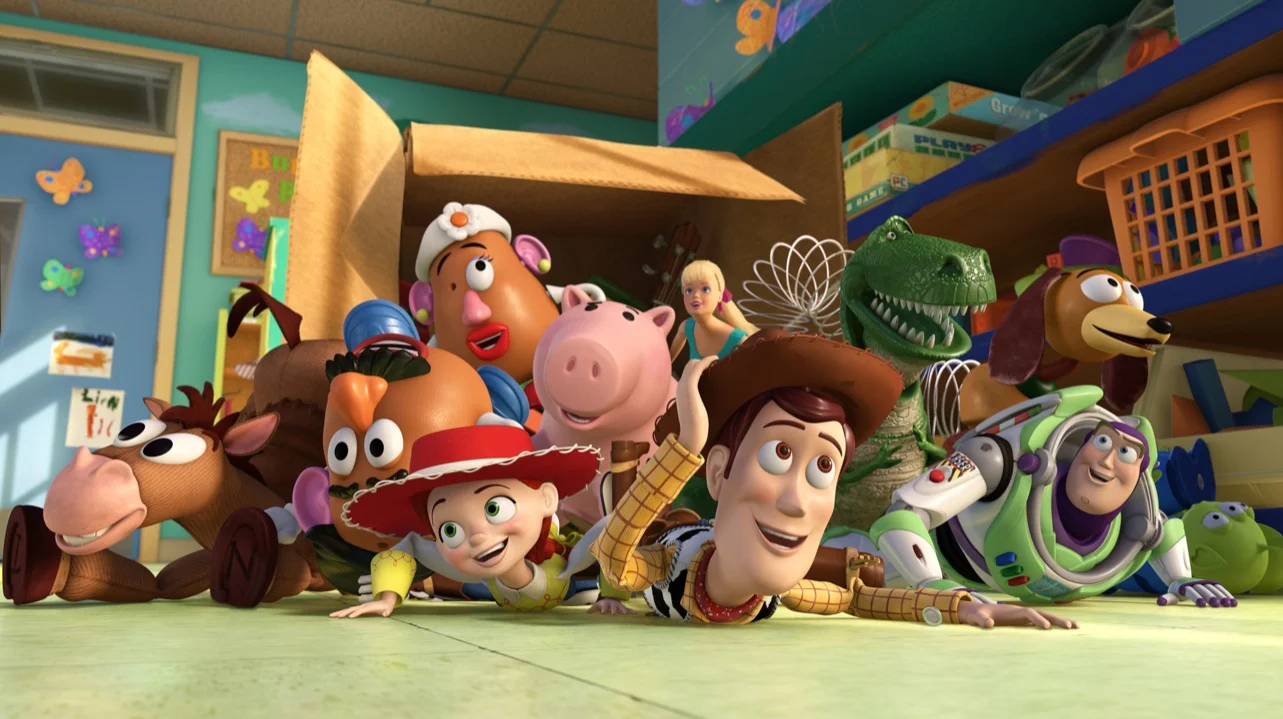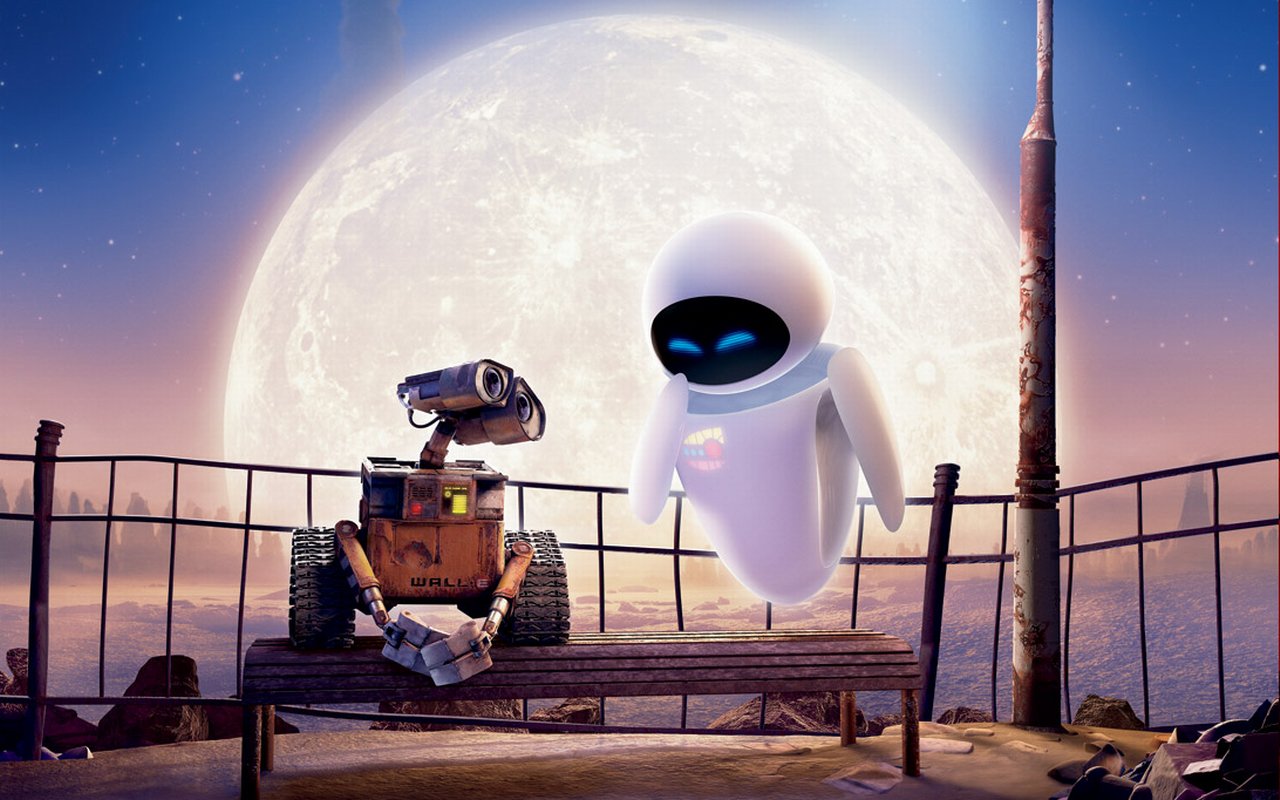The 4 Simple Things Every Pixar Movie Needs
I’m a bit of a Pixar connoisseur. I’ve watched their whole catalogue, shorts and features, more times than I can remember. I’ve thought a lot about why Pixar’s movies work; why their stories resonate with audiences. With their latest movie Brave in theatres, some are saying the new movie is missing some of the pieces we expect to find in a Pixar film. It doesn’t break the movie, but it sets Brave apart from the Pixar titles that have come before.
You might say Pixar has a recipe for its films that needs some basic ingredients every time. They’re all remarkably simple, so I challenge you to go back and watch a few of the earlier movies after reading this list. You never know what you might notice – and admire - when you really look.
1. Few (Or No) Songs
I’m not talking about the score here – an animated film would sound very strange without some music in the background. No, I mean songs with lyrics, playing during the movie or even sung by the characters. The latter is a staple of classic Disney movies – in films like The Jungle Book, Beauty and the Beast or countless others, you’d swear the movie turned into a musical for all the singing that goes on.
Pixar films set themselves apart from the beginning by doing away with this kind of interlude. Long-time Pixar staffers like John Lasseter and Andrew Stanton have said that they feel their movies work better if they first ask whether it makes sense for a character to burst into song. Usually, it doesn’t, and their movies feel more believable because of it.
If, for example, the superheroes in The Incredibles had a musical number, it would be out of place in a movie filled with fight scenes, robots and explosions. Story comes before showmanship.
2. Human Characters Kept in the Background
Think about all the Pixar movies so far. Almost all of them have a human element, but it’s usually small. The main action is hidden from regular people, like when the toys pretend they’re not alive, or when the monsters avoid the “contaminated” children they’re supposed to scare. By keeping its characters separate, Pixar allows us to lose ourselves in the worlds they create.
It’s a fine line, though. The Cars movies show what happens when humans disappear entirely from the story. Personally, I became distracted, wondering how the Cars world works without humans. (Are there such things as baby cars?) What’s more, there’s something...well, eerie about a film world without any people.
In Brave, the story was almost entirely based on human characters, and it had a different feel from the first scene. It’s not a wrong approach, but a new one, and maybe it needs some refining.
3. A Secret World
This one goes hand in hand with number 2. Just as most Pixar films keep humans in the background, the movies also make them into witnesses. These people occasionally notice strange things happening, evidence of hidden worlds that surround them, filled with all kinds of imaginative characters.
Think about when Andy’s neighbours are puzzling over the crashed airport baggage train on their street at the end of Toy Story 2. Or the bustling Bug City sprawling underneath a mobile home in A Bug’s Life. Each time, the movie is our ticket to a new realm that would otherwise be beyond our reach.
Sometimes the actions of the characters spill over into our world, and it’s a delight to watch the worlds collide. The audience feels like an insider, like we’re the only ones who know the full story. In Pixar movies where the real world and the “hidden world” are the same, we lose the sense of mystery and discovery that makes Pixar movies so much fun.
4. A Story That Takes Risks
A bold story might sound complicated, but it doesn’t have to be. All you have to do is be willing to go beyond the stories that have been told before – for example, the kids who need to learn a lesson, the heroes who need to gain some humility or will-they-or-won't-they relationship drama.
Pixar movies have a good reputation for creating characters and stories that move beyond the formulas of the past. Their movies are about rats who want to start restaurants, superheroes who hate retirement and lonely robots looking for love. Stories like those make us pause and say, “Let’s watch that again.”
-
This isn’t to say that the Pixar films that met with cooler reception (Cars, Cars 2 and Brave) let down the Pixar brand. They tried to do different things, but (in the case of Cars) strayed too far off course or (in the case of Brave) stuck on the path of what other movies had done before. Call it the Pixar paradox: following the formula for success means doing what no one else has done.
-
What do you think about Pixar’s track record? Are their movies successful because they focus on simple, dependable components? Or has the studio just been incredibly lucky? Share your thoughts in the comments section! If you liked this post, share it with your friends and followers, and check out some of my other articles about movies:
-
My 10 Most-Anticipated Movies of 2012
How Do You Sell a 48 fps Movie?
Is it the End of Moviegoing as We Know It?
-




